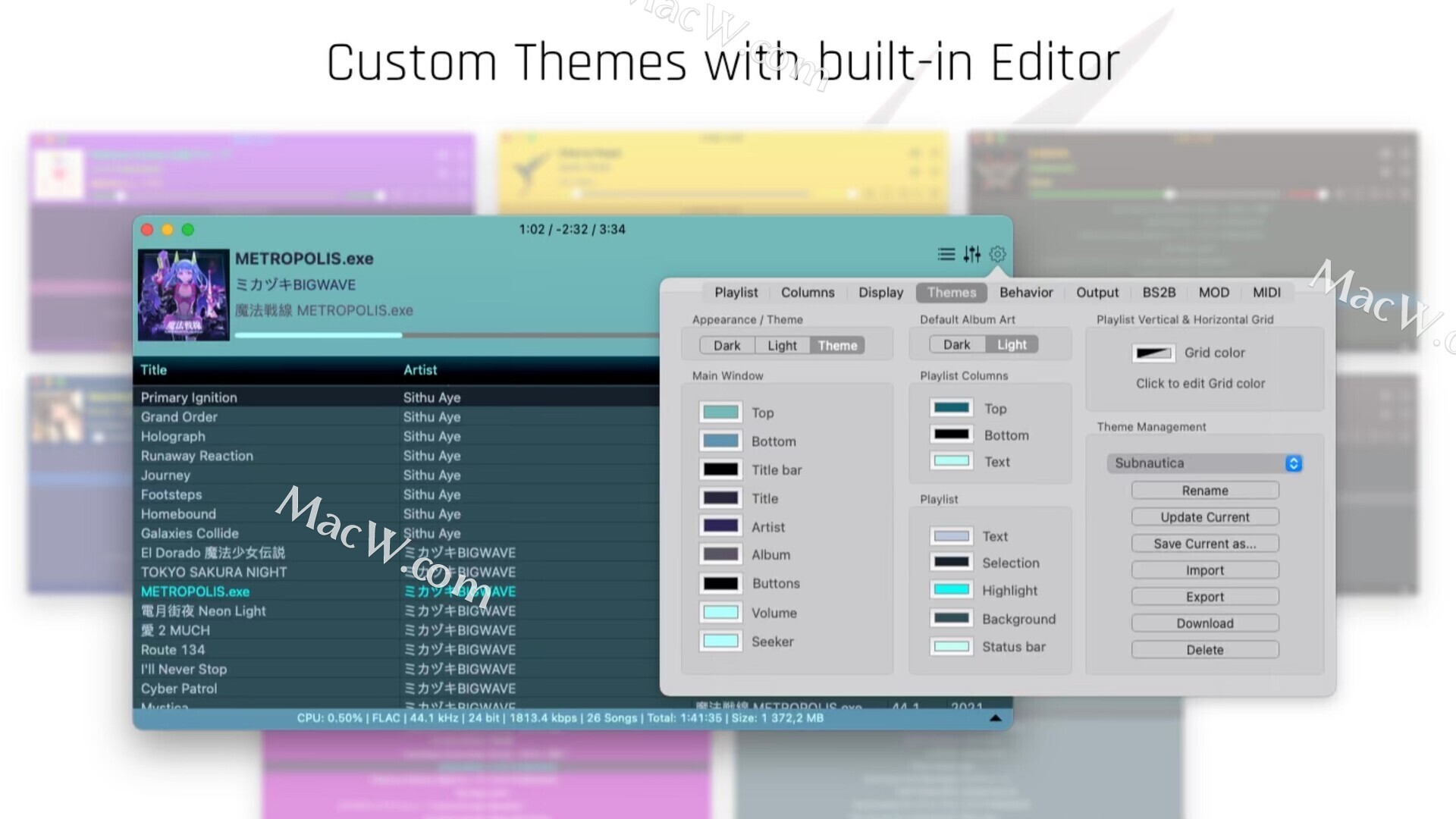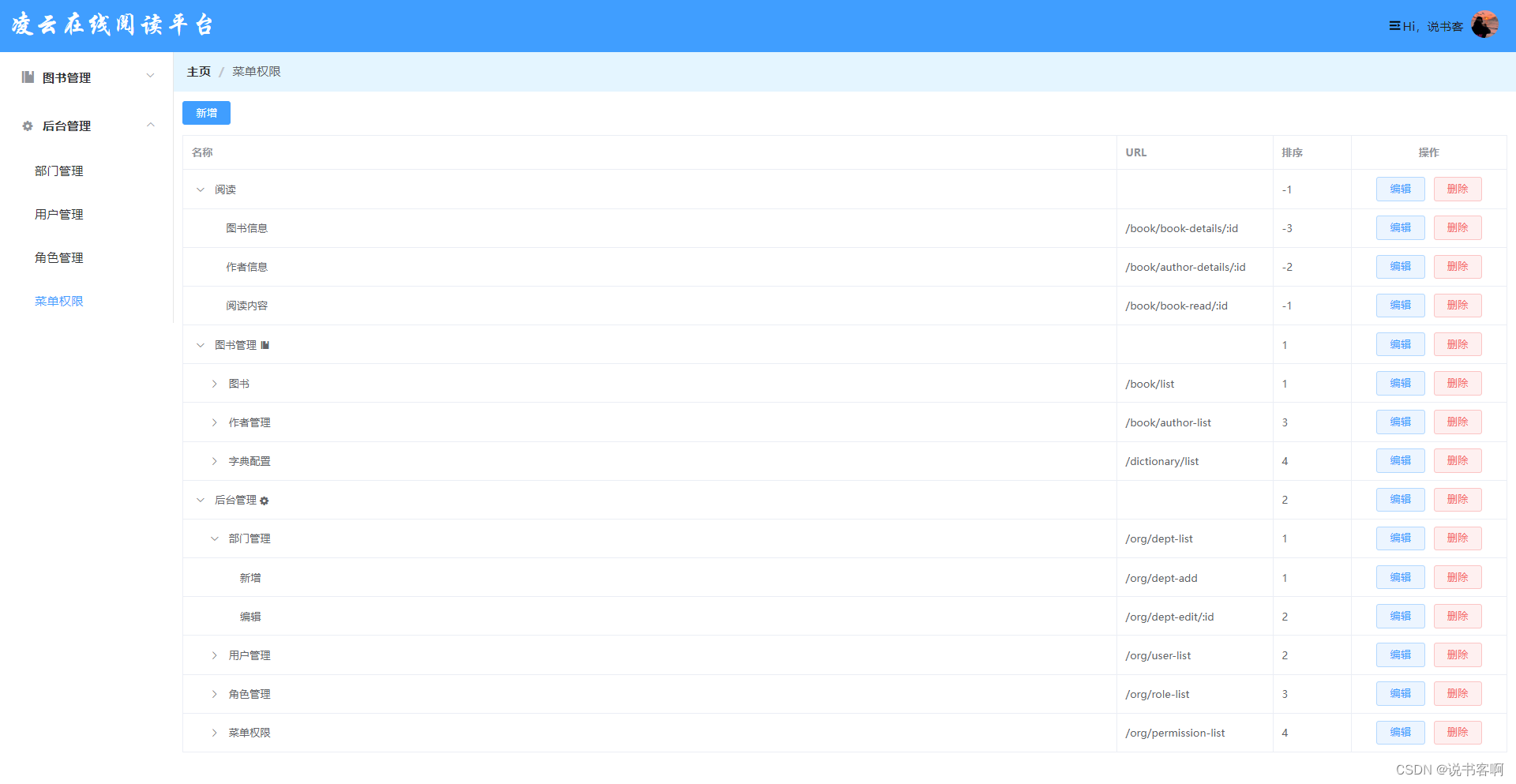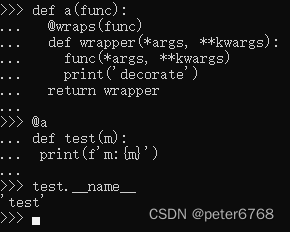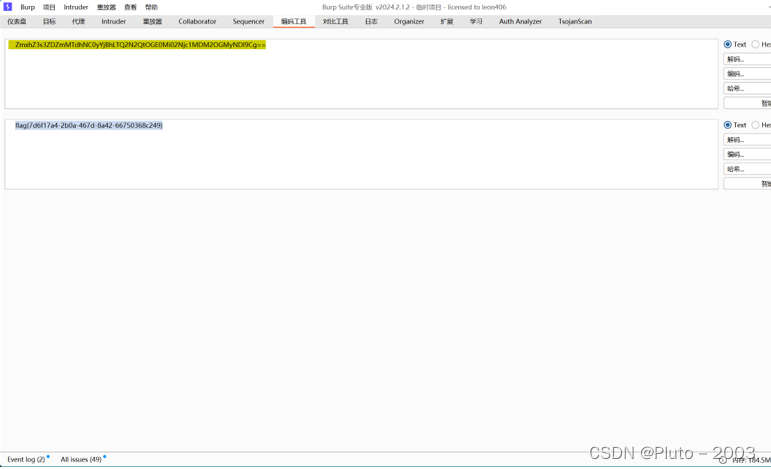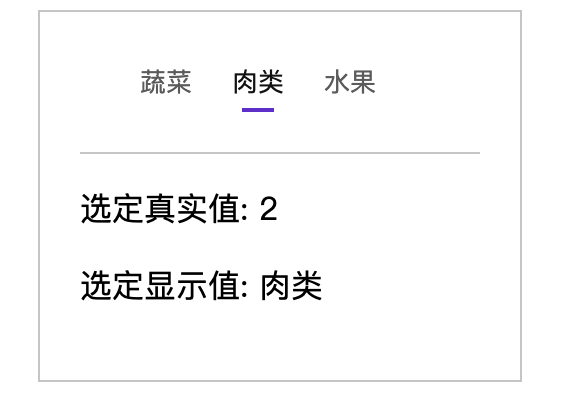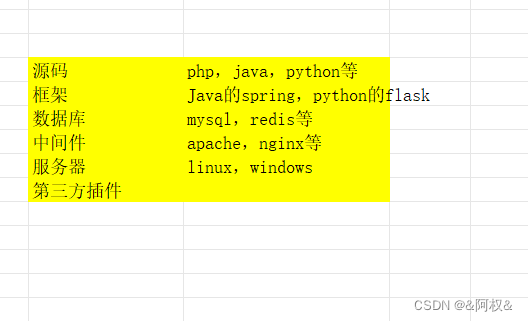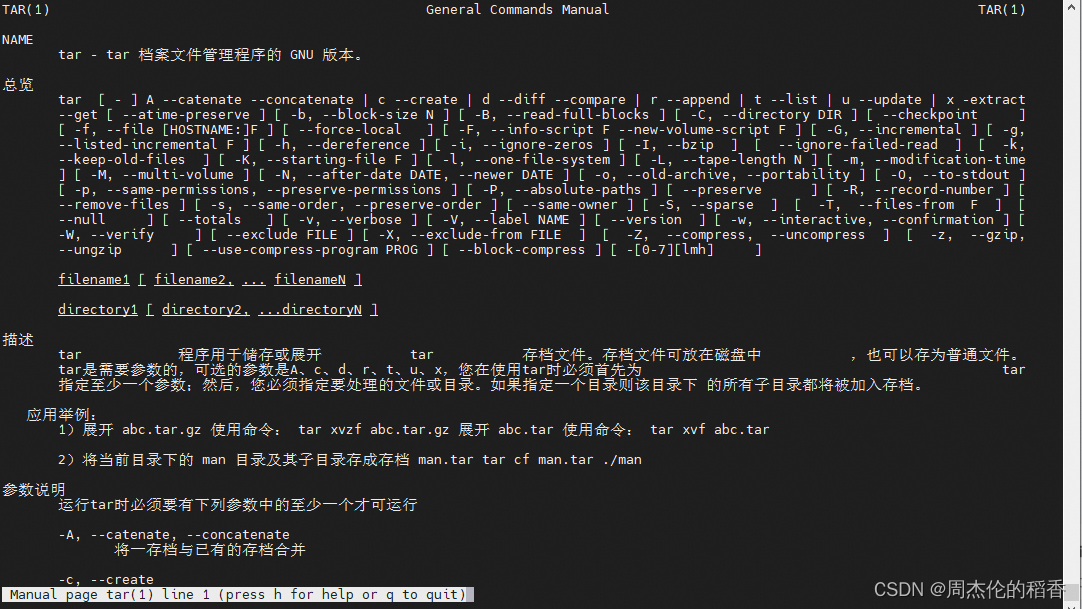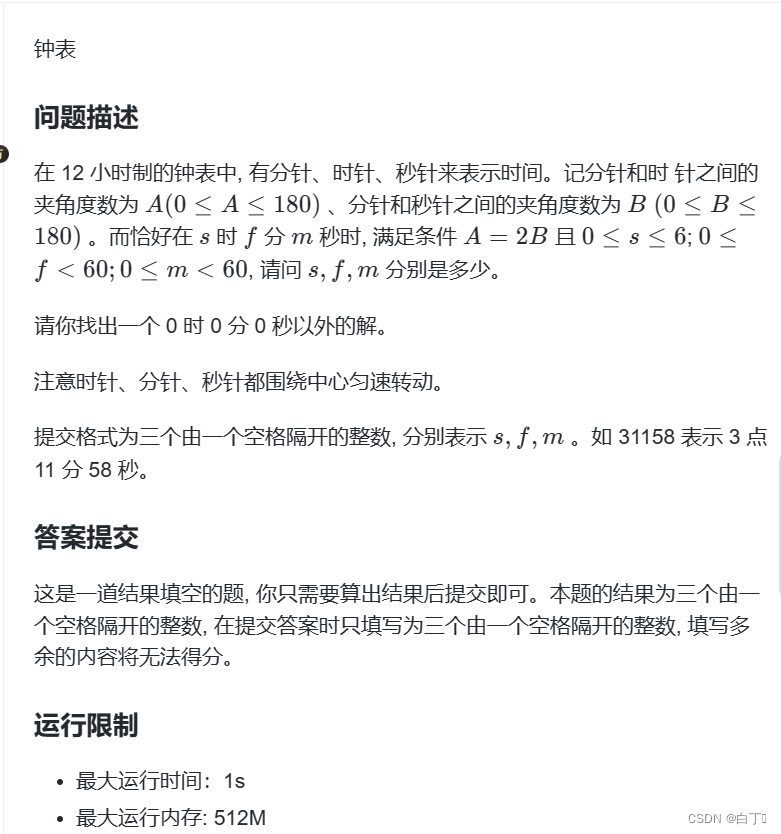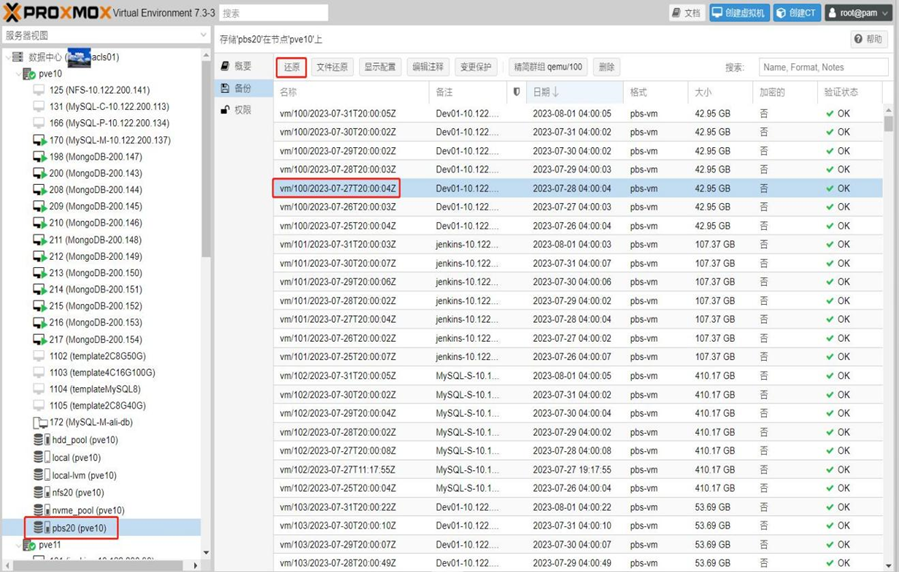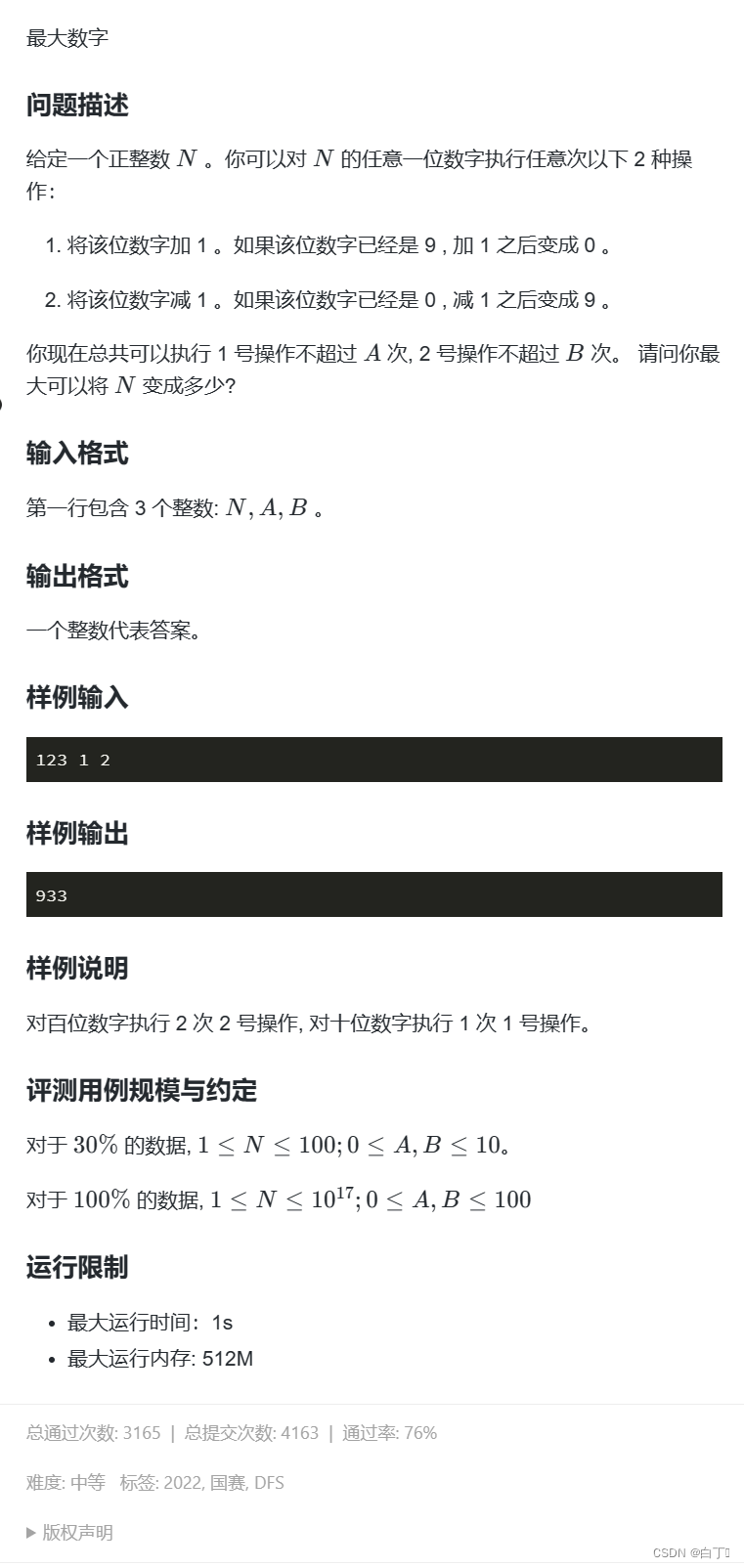多态性是面向对象程序设计的一个重要特征,多态的意思是一个事物的多种形态。在C++程序设计中,多态性是指具有不同功能的函数可以用同一个函数名,这样就可以用一个函数名调用不同内容的函数。面向对象方法中的多态性,比如说向不同的对象发送同一个消息,不同的对象在接收时会产生不同的行为(即方法)。
从系统实现的角度看,多态性分为两类:静态多态性和动态多态性。比如函数重载和运算符重载实现的多态性属于静态多态性,在程序编译时系统就能决定调用的是哪个函数,因此又称编译时的多态性;静态多态性是通过函数的重载实现的,运算符重载实质上也是函数重载。动态多态性是在程序运行过程中才动态地确定操作所针对的对象,又称运行时的多态性。动态多态性是通过虚函数(virtual function)实现的。
该篇将通过承上启下的例子,一方面了解有关继承和运算符重载的内容,另一方面作为讨论多态性的基础用例。
一、声明基类Point类
先完成基类Point的声明,代码如下:
#include <iostream>
using namespace std;
// 声明类Point
class Point{
public:
Point(float x = 0, float y = 0); //有默认参数的构造函数
void setPoint(float, float); // 设置坐标值
float getX() const {
return x;
}
float getY() const {
return y;
}
friend ostream & operator <<(ostream &, const Point&); //重载运算符 <<
protected:
float x, y;
};
// Point构造函数
Point::Point(float a, float b){
x = a;
y = b;
}
// 设置x和y的坐标值
void Point::setPoint(float a, float b){
x = a;
y = b;
}
// 重载运算符 "<<",使之能输出点的坐标
ostream & operator <<(ostream &output, const Point &p){
output <<'[' <<p.x <<',' <<p.y <<']' <<endl;
return output;
}
int main(){
Point p(3.5, 6.4);
cout <<"x=" <<p.getX() <<",y=" <<p.getY() <<endl; //输出坐标
// 修改坐标
p.setPoint(8.5, 6.8);
// 输出重载运算符的p坐标
cout <<"p:" <<p <<endl;
return 0;
}输出结果如下图:

这里对运算符重载不熟悉的可以查看前面写过一篇,其中有讲到“六、重载流插入运算符和提取运算符”内容及相关案例。地址:C++面向对象程序设计 - 运算符重载-CSDN博客
二、声明派生类Circle
在前面的基础上,再声明派生类Circle的部分,代码如下:
#include <iostream>
using namespace std;
// 声明类Point
class Point{
public:
Point(float x = 0, float y = 0); //有默认参数的构造函数
void setPoint(float, float); // 设置坐标值
float getX() const {
return x;
}
float getY() const {
return y;
}
friend ostream & operator <<(ostream &, const Point&); //重载运算符 <<
protected:
float x, y;
};
// Point构造函数
Point::Point(float a, float b){
x = a;
y = b;
}
// 设置x和y的坐标值
void Point::setPoint(float a, float b){
x = a;
y = b;
}
// 重载运算符 "<<",使之能输出点的坐标
ostream & operator <<(ostream &output, const Point &p){
output <<'[' <<p.x <<',' <<p.y <<']' <<endl;
return output;
}
// 声明Circle类,并公有继承基类Point
class Circle: public Point{
private:
float radius;
public:
// 定义Circle构造函数,对圆心坐标和半径初始化
Circle(float x = 0, float y = 0, float r = 0): Point(x, y), radius(r){}
// 定义设置半径函数
void setRadius(float r){
radius = r;
}
// 定义获取半径的函数
float getRadius() const{
return radius;
}
// 声明计算面积的函数
float area() const{
return 3.1415926 * radius * radius;
}
// 声明重置运算符 << 的友函数
friend ostream & operator << (ostream &, const Circle &);
};
// 定义重载运算符 << 输出圆的信息
ostream & operator << (ostream &output, const Circle &c){
output <<"Center=[" <<c.x <<',' <<c.y <<"], r=" <<c.getRadius() <<", area=" <<c.area() <<endl;
return output;
}
int main(){
Circle c(3.5, 6.5, 5.2); //创建Circle对象c,并指定圆坐标和半径
cout <<"Original information:" <<endl;
// 输出圆的坐标和半径信息
cout <<"x=" <<c.getX() <<",y=" <<c.getY() <<", radius=" <<c.getRadius() <<", area=" <<c.area() <<endl;
// 修改坐标
c.setPoint(8.5, 6.8);
// 修改圆的半径信息
c.setRadius(8);
cout <<endl <<"New information:" <<endl;
// 重载运算符,使之输出对象c的信息
cout <<"c object:" <<c <<endl;
// 通过Point类的引用变量,被c初始化
Point &p = c;
// 输出引用变量p的信息
cout <<"Point Reference:" <<p <<endl;
return 0;
}运行后输出结果如下图:
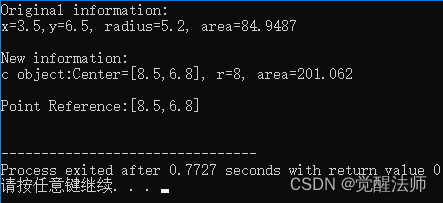
通过以上代码了解,类Circle公有继承了类Point,并且Circle类中继承了Point类中的保护成员和公有成员,在main()函数中通过c.setPoint()和c.getX()、c.getY()可见,这些成员函数是在基类Point中定义的公有成员函数,派生类Circle则可以直接调用;还有x和y坐标值在基类Point中为保护成员,所以在派生类Circle类内部可直接调用,类外部无法访问。
另外,Point &p引用变量用派生类Circle对象c进行初始化,注意的是引用变量p不是对象c的别名,而是基类Point的别名,与对象c中基类部分共享同一段存储单元。这块在前一篇中“四、基类与派生类的转换”有讲解过,派生类对象可以替代基类对象为基类对象的引用初始化或赋值。地址:C++面向对象程序设计 - 多继承,以及基类与派生类转换-CSDN博客。

三、声明派生类Cylinder
前面通过基类Point派生出Circle类,现在再通过Circle类派生出Cylinder(圆柱体)类。代码如下:
#include <iostream>
using namespace std;
// 声明类Point
class Point{
public:
Point(float x = 0, float y = 0); //有默认参数的构造函数
void setPoint(float, float); // 设置坐标值
float getX() const {
return x;
}
float getY() const {
return y;
}
friend ostream & operator <<(ostream &, const Point&); //重载运算符 <<
protected:
float x, y;
};
// Point构造函数
Point::Point(float a, float b){
x = a;
y = b;
}
// 设置x和y的坐标值
void Point::setPoint(float a, float b){
x = a;
y = b;
}
// 重载运算符 "<<",使之能输出点的坐标
ostream & operator <<(ostream &output, const Point &p){
output <<'[' <<p.x <<',' <<p.y <<']' <<endl;
return output;
}
// 声明Circle类,并公有继承基类Point
class Circle: public Point{
private:
float radius;
public:
// 定义Circle构造函数,对圆心坐标和半径初始化
Circle(float x = 0, float y = 0, float r = 0): Point(x, y), radius(r){}
// 定义设置半径函数
void setRadius(float r){
radius = r;
}
// 定义获取半径的函数
float getRadius() const{
return radius;
}
// 声明计算面积的函数
float area() const{
return 3.1415926 * radius * radius;
}
// 声明重置运算符 << 的友函数
friend ostream & operator << (ostream &, const Circle &);
};
// 定义重载运算符 << 输出圆的信息
ostream & operator << (ostream &output, const Circle &c){
output <<"Center=[" <<c.x <<',' <<c.y <<"], r=" <<c.getRadius() <<", area=" <<c.area() <<endl;
return output;
}
// 声明Cylinder类
class Cylinder: public Circle{
private:
float height;
public:
// 构造函数
Cylinder(float x = 0, float y = 0, float r = 0, float h = 0): Circle(x, y, r), height(h){}
// 设置圆柱高
void setHeight(float h){
height = h;
}
// 获取圆柱的高
float getHeight(){
return height;
}
// 计算圆柱表面试
float area() const {
// 圆柱体上下两个底面, 以及圆周长公式为 2πr,再乘以高只是柱面面积
return 2 * Circle::area() + 2 * 3.1415926 * getRadius() * height;
}
// 计算圆柱体积
float volume() const{
return Circle::area() * height;
}
// 声明重载运算符 <<
friend ostream & operator << (ostream &, const Cylinder &);
};
// 定义Cylinder重载运算符
ostream & operator << (ostream &output, const Cylinder &c){
output <<"Center=[" <<c.x <<',' <<c.y <<"], r=" <<c.getRadius() <<", area=" <<c.area()
<<", volume=" <<c.volume() <<endl;
return output;
}
int main(){
Cylinder c(3.5, 6.5, 5.2, 10); //创建Cylinder对象c,并指定圆柱体坐标和半径、高度
cout <<"Cylinder Original information:" <<endl;
// 输出圆的坐标和半径信息
cout <<"x=" <<c.getX() <<",y=" <<c.getY() <<", radius=" <<c.getRadius() <<", area=" <<c.area() <<", volume=" <<c.volume() <<endl;
c.setPoint(8.5, 6.8); // 修改圆柱体的坐标
c.setRadius(8); // 修改圆柱体的半径信息
c.setHeight(15); // 修改圆柱体的高度
cout <<endl <<"Cylinder New information:" <<endl;
// 重载运算符,使之输出对象c的信息
cout <<"c object:" <<c <<endl;
// 通过Point类的引用变量,被c初始化
Point &p = c;
// 输出引用变量p的信息
cout <<"Point Reference:" <<p <<endl;
// 通过Circle引用变量c1,被c初始化
Circle &c1 = c;
// 输出引用变量c1的信息
cout <<"Circle Reference:" <<c1 <<endl;
return 0;
}运行结果如下图:

以上场景中,讨论的是圆柱体(Cylinder)对象,与点(Point)和圆(Circle)对象有所关联。 另外两种不同的对象引用:一个点(Point)对象,另一个是圆(Circle)对象,它们共享相同的中心坐标(Center),但具有不同的属性和方法。它们之间的关系和所展示的结构体现了面向对象编程中的多态性(Polymorphism)。
多态性是面向对象编程中一个重要概念,它允许使用父类(基类)的引用指向子类(派生类)的对象,并且能调用子类中重写的方法,而不需要知道引用所指向的具体子类类型。
多态性允许不同的对象对同一消息(方法调用)做出不同的响应,这个例子中c1.area()函数调用的是Cylinder类中area()函数(求圆的表面积),而c1.area()函数调用的Circle类中area()函数(求圆的面积)。
